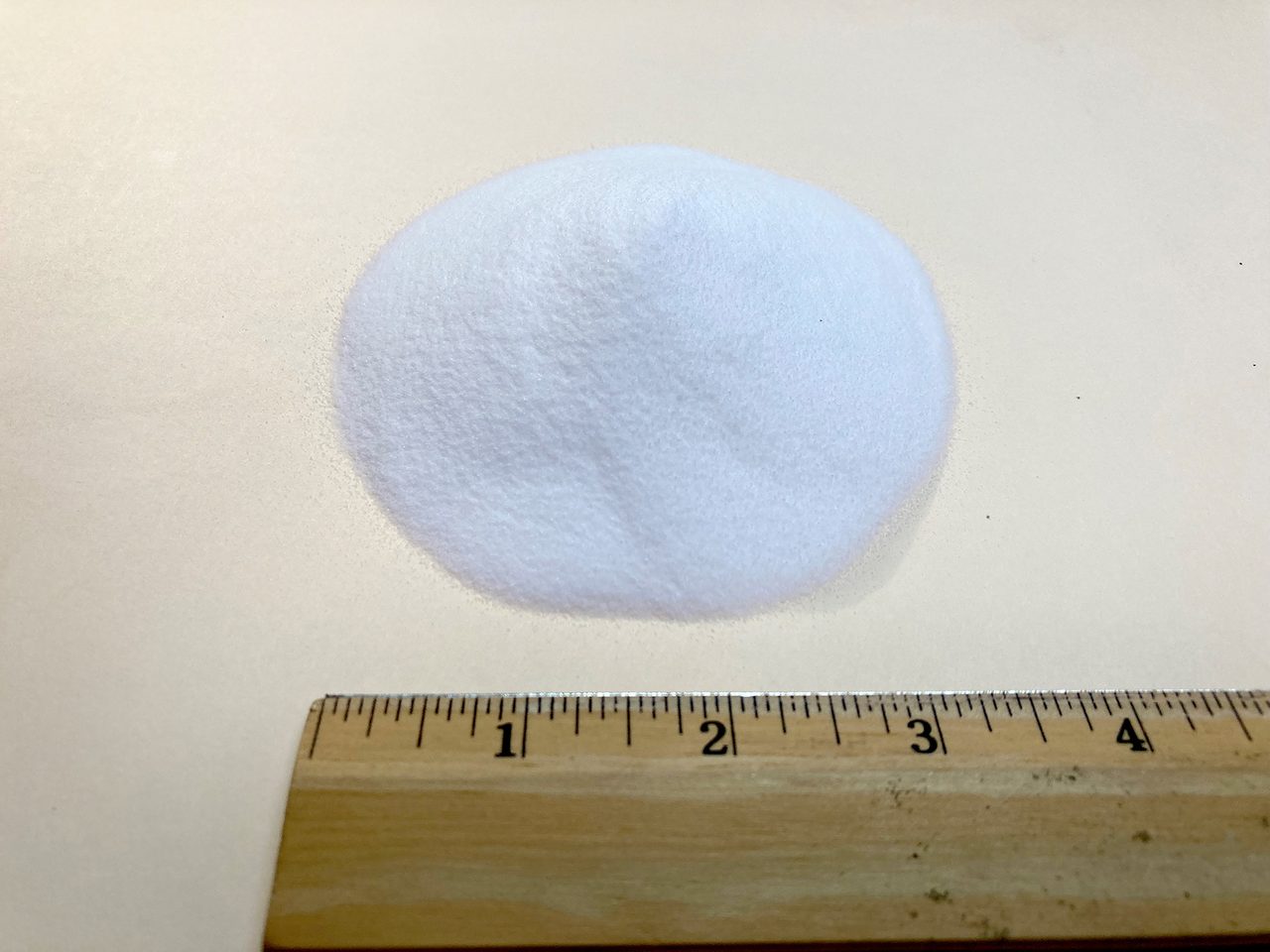
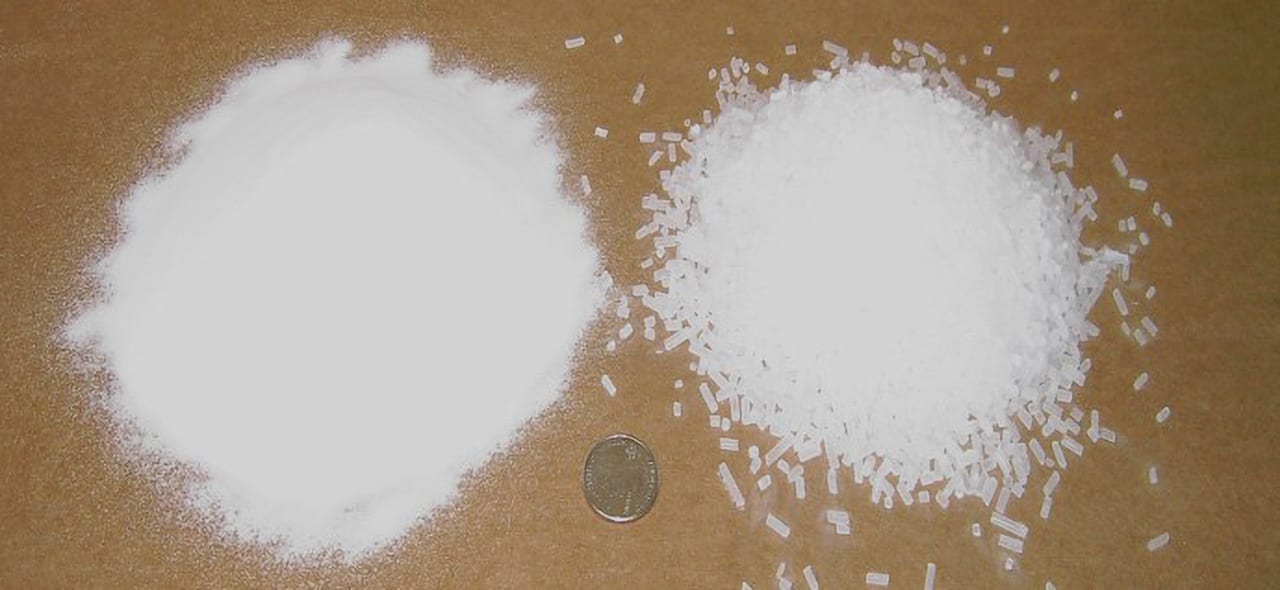
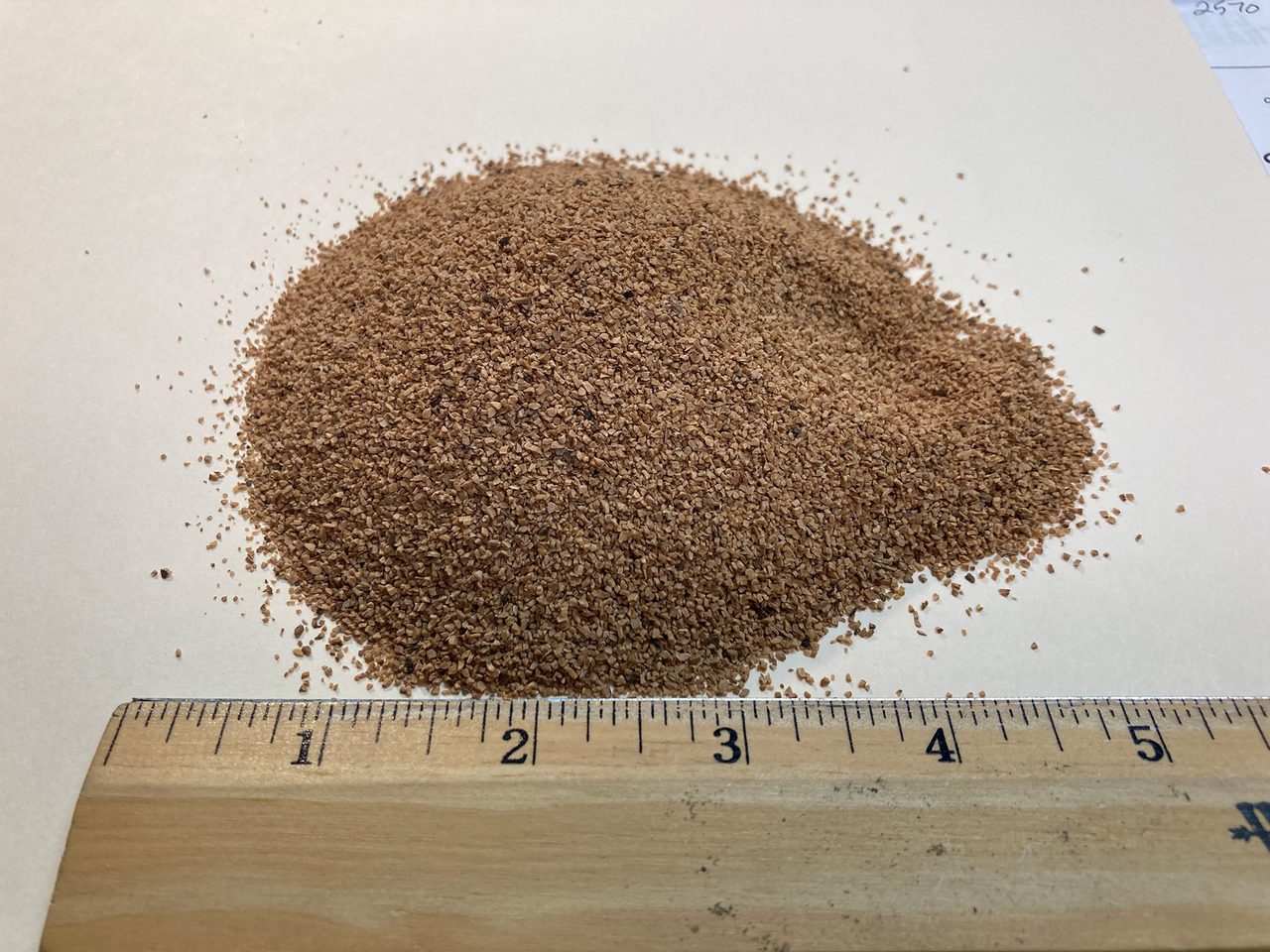
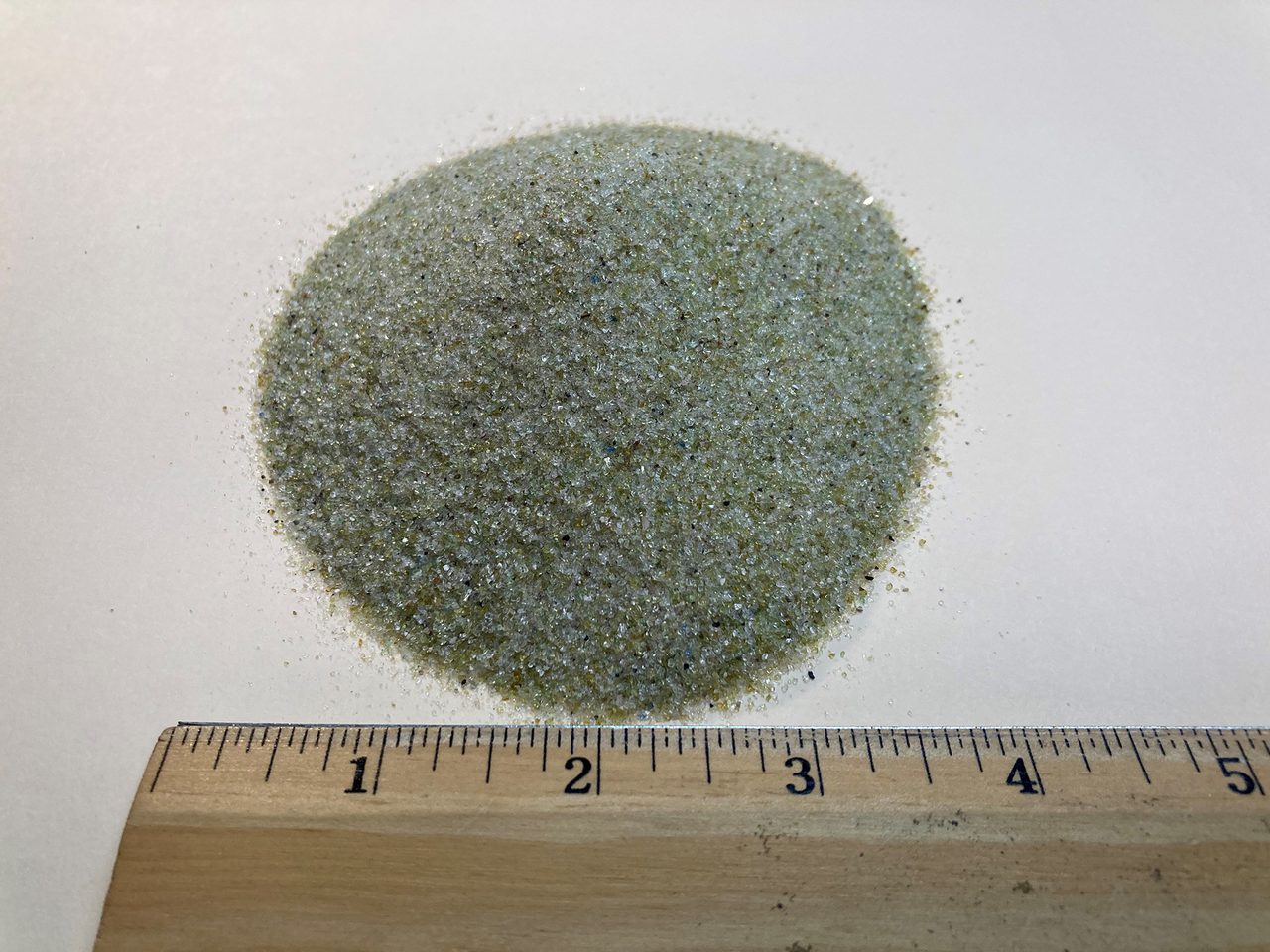
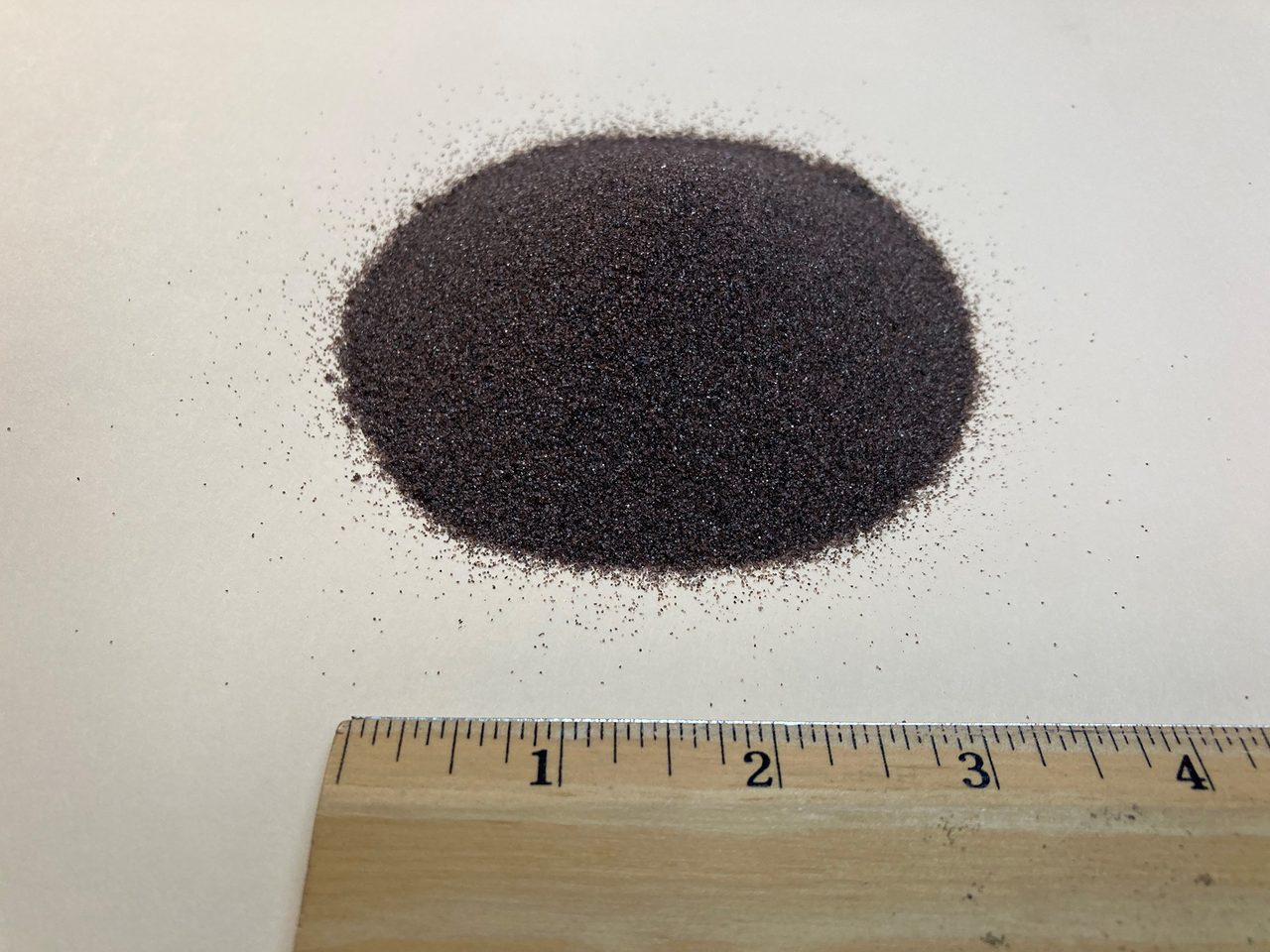
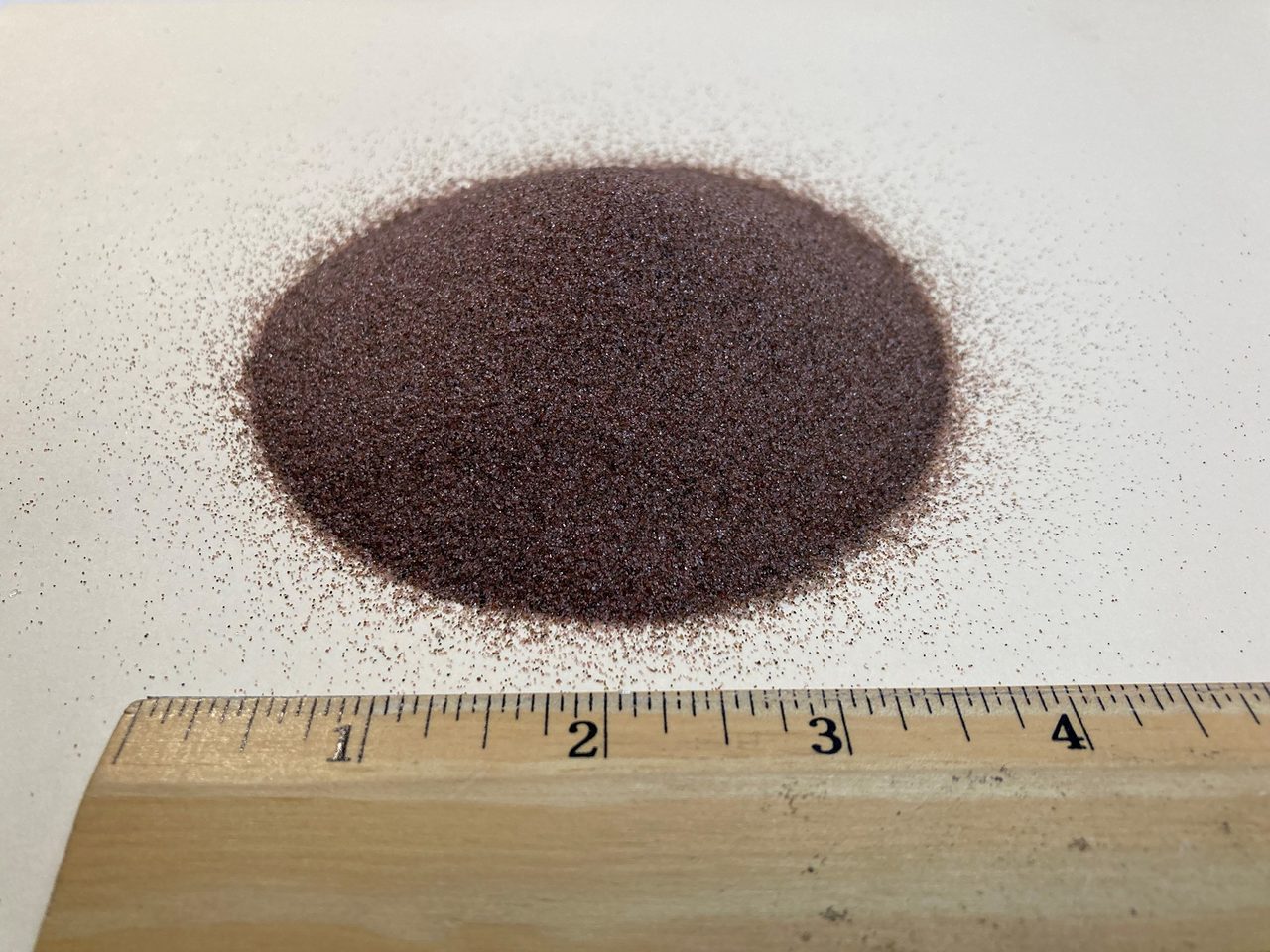
Understanding
Abrasive Blast Media
Photos credit:Wayne Lawrence
4 Key Characteristics, 5 Popular Choices
By Wayne Lawrence
Media blasting is a term coined in the very recent past. Prior to the 1990s, the process of blasting with abrasive media was more commonly, and more correctly, called sand blasting. Back in the early days of blasting, the predominant abrasive of choice was sand. Silica sand is the more appropriate name, based on the fact that common sand is primarily comprised of mineral quartz, which itself is composed of silica and oxygen. Silica sand was used because it is cheap, readily available and effective for many applications. These were simpler times when cost and results were given more weight than the health and safety of those exposed to it. Seatbelts in cars, for instance, were not required in cars and trucks. Cigarettes were not considered dangerous. I still do not remember wearing a helmet while riding a bicycle until well into adulthood – simpler times indeed.
We now know that breathing silica dust is extremely dangerous. Silica sandblasting has long been closely associated with the disease historically referred to as miner’s phthisis, potter’s rot or grinder’s asthma. Breathing “dust” in mining and other dust-producing activities has been associated with lung disease since ancient Greek and Roman times. More recently, with the industrial age, came inventions such as the pneumatic drill and jackhammer for boring into rock, (circa 1897), and sand blasting for finishing hard surfaces like iron and steel (circa 1904). These innovations produced large amounts of silica dust with little care or understanding for the health concerns they created. More accurately called silicosis, this deadly disease is caused by the inhalation of crystalline silica.
In more recent times, the U.S. Environmental Protection Agency (EPA) has identified crystalline silica as a human lung carcinogen – an agent that causes cancer. The U.S. Occupational Safety and Health Administration (OSHA) and other regulatory agencies target businesses that expose employees to large amounts of silica-laden dust. In particular, these agencies identify contractors and industries that knowingly increase this exposure with silica dust-creating processes – like blasting with sand.
With the recognition that silica sand is hazardous, and that sand blasting can expose operators to massive amounts of silica dust, alternative blast media choices were required. This began the shift from sand blasting to media blasting. Some of this shift simply required substitution of another medium for the sand. Some required a bit more work. The remainder of this article will look at some of the more popular alternatives – their characteristics, their advantages and disadvantages, and their common applications.
Let’s start this discussion with one of the earliest of the silica-free alternatives – coal slag. Coal slag was one of the first alternatives to hit the market. Cheap, silica-free and effective, this material became very popular as a blast abrasive. Coal slag is a byproduct of the blast furnaces found in steel production and their associated use of coal. Huge piles of this black, glassy, leftover material (slag) are crushed and screened for use in any number of applications including abrasive blasting. Besides its black, dusty residue, coal slag has another dark side. As the name implies, slag is made up of the “stuff” that is left after the coal is burned. Inevitably, this includes impurities such as beryllium and arsenic, as well as other heavy metals such as lead, vanadium and titanium.
According to one industry paper from 2020, “OSHA has stated repeatedly that coal slag contains beryllium, which exceeds the permissible exposure limits (PEL), and OSHA offers data to back it up.” With the U.S. Department of Labor issuing its so-called Beryllium Rule in 2020 – and the resulting new OSHA fact sheet regarding beryllium exposure – coal slag was mentioned 10 times specifically, while no other media were mentioned. This same paper goes on to state, “…the (U.S. Department of Labor) Rule does acknowledge there are safer abrasives employers can select than coal slag.” To be clear, coal slag is a target of OSHA. Those who choose to use it are inviting the ire of this organization, as well as huge future liabilities for laborers affected by a material known to be hazardous to human health. Let’s move away from slag products and shift our focus to some of those safer abrasives.
Four Key Characteristics of Abrasives
When considering abrasives, four very important physical characteristics help to understand their use and application.
1. Hardness
The first of these, hardness, is easily understood. We are talking about mineral hardness. In this case, imagine the diamond scratching glass example that we have all seen demonstrated in one way or another. The diamond is minerally harder than the glass. When the edge of the diamond is scraped across the glass, it scratches. The explanation: Diamond is harder than glass. When used as blast abrasives, harder materials are generally more “aggressive” than softer materials. Harder media like aluminum oxide, garnet and magnesium oxide are quite aggressive blast media. Softer media like baking soda and corn cob are gentler and non-damaging.
2. Shape
The shape of the abrasive particles has a big impact on their interaction with the blasted surface. Particles that, under a microscope, have a sharp, knife-like structure will cut at a surface. The original blast medium – silica sand – and newer media such as crushed glass have particles that are angular and thus more aggressive to coatings and substrates than dull or rounded particles. Particles of media that exhibit a round shape, such as glass bead, will peen a surface like a hammer blow rather than cutting or scratching. Other particles, described as “blocky,” are more squared-off in shape with an effect that is somewhere in between the other two. Consider plastic and walnut shell blast media, for instance. Their moderate aggression toward coatings is a benefit, but damage to various substrates like brick and mortar is limited.
3. Friability
When considering blast abrasives, friability could be defined as a material’s likeliness to fracture or break apart upon impact with a hard surface. Blast media particles that break apart disperse the energy of the impact and are generally less aggressive. As an example, imagine the “crumple zones” in modern cars and trucks that absorb the impact of a crash to minimize the damage to the occupants. For instance, all very friable blast media, such as baking soda and dry ice, tend to fall into the “non-damaging” category.
4. Density
Last, let’s consider the density (weight per cubic foot) of a blast abrasive, which many would call the “heaviness.” Blast media with higher densities are generally more aggressive. Have you ever heard the phrase, “It hit me like a ton of lead”? Heavy blast media carry that impact energy farther and hit with more intensity than lighter particles. Understanding an abrasive’s hardness, shape, friability and density goes a long way toward understanding its effectiveness in different applications.
Popular Blast Media Choices
Now, let’s examine some of today’s more popular blast media choices with these characteristics in mind, as well as their effect on different applications. When you shift away from sand as a do-it-all blast medium, most people attempt to replace this dirt-cheap blast abrasive with something that offers increased value for the increase in cost. In other words, if you are going to pay more for something, you look for a better, quicker or more efficient medium for the additional money.
Baking Soda
One of the softest, most friable of all the media is baking soda. These abrasive blast particles have a knife-like shape that strips everything from light paint to heavy soot with relative ease. The density of baking soda is light. Much of its power comes from aggressive shape. The fact that baking soda abrasive is so non-damaging to substrates is due to its softness and its friability. This blast abrasive pays back its higher price by offering several distinct benefits. It is non-destructive to most materials including wood framing and other building materials. Again, it is friable and soft, so it has virtually no impact on surfaces like steel and glass. Here is the real hidden benefit: When blasted, the chemical side of baking soda also neutralizes odors from smoke and fire as well as mold, sewage, guano, skunks, drugs and other smelly contaminants. This effect is multiplied by the friability factor. When media particles break easily, they create dust. Often wrongly seen as a negative, baking soda dust in contact with odor sources means more effective odor reduction.

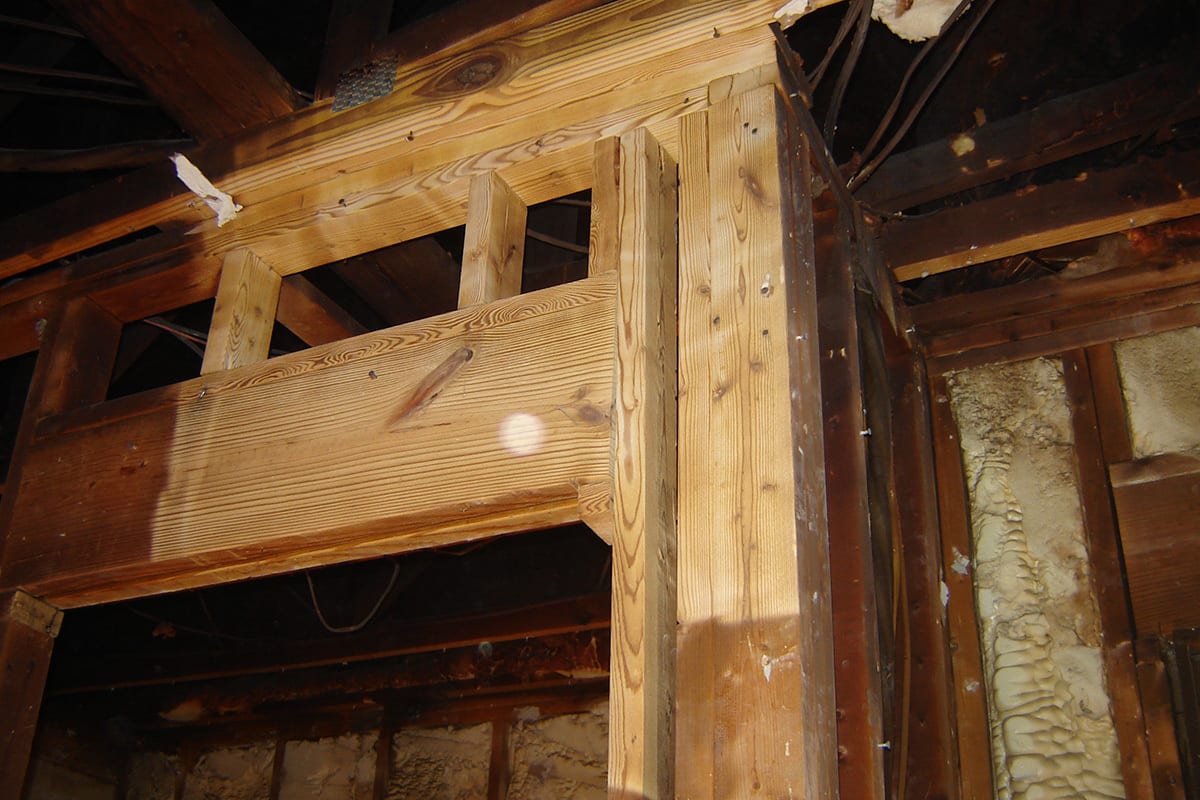
Dry Ice
Dry ice is one of the most misunderstood blast media, but it can be examined in a similar fashion. Dry ice is solid carbon dioxide. As such, it is “minerally soft” and non-damaging to most hard surfaces like stainless steel and other metals. The shape of most dry ice particles is rather “blocky” due to the particles being comprised of 1.5-millimeter-diameter pellets. Therefore, while not overly dense, it can still be somewhat aggressive against many coatings and layers of debris.

Blasting of industrial equipment and production lines are prime examples. Where dry ice really shines is in the area of friability. Upon striking a hard surface, dry ice is smashed into such tiny pieces that the increased surface area of those particles can no longer remain solid at room temperature. They immediately sublimate (turn from a solid to a gas with no liquid state) and “disappear” into the surrounding atmosphere. Most often, this is highly advantageous, with the blasting process leaving no secondary waste – no spent medium. This leaves only primary waste – the dirt or coating – to be cleaned up and disposed of.
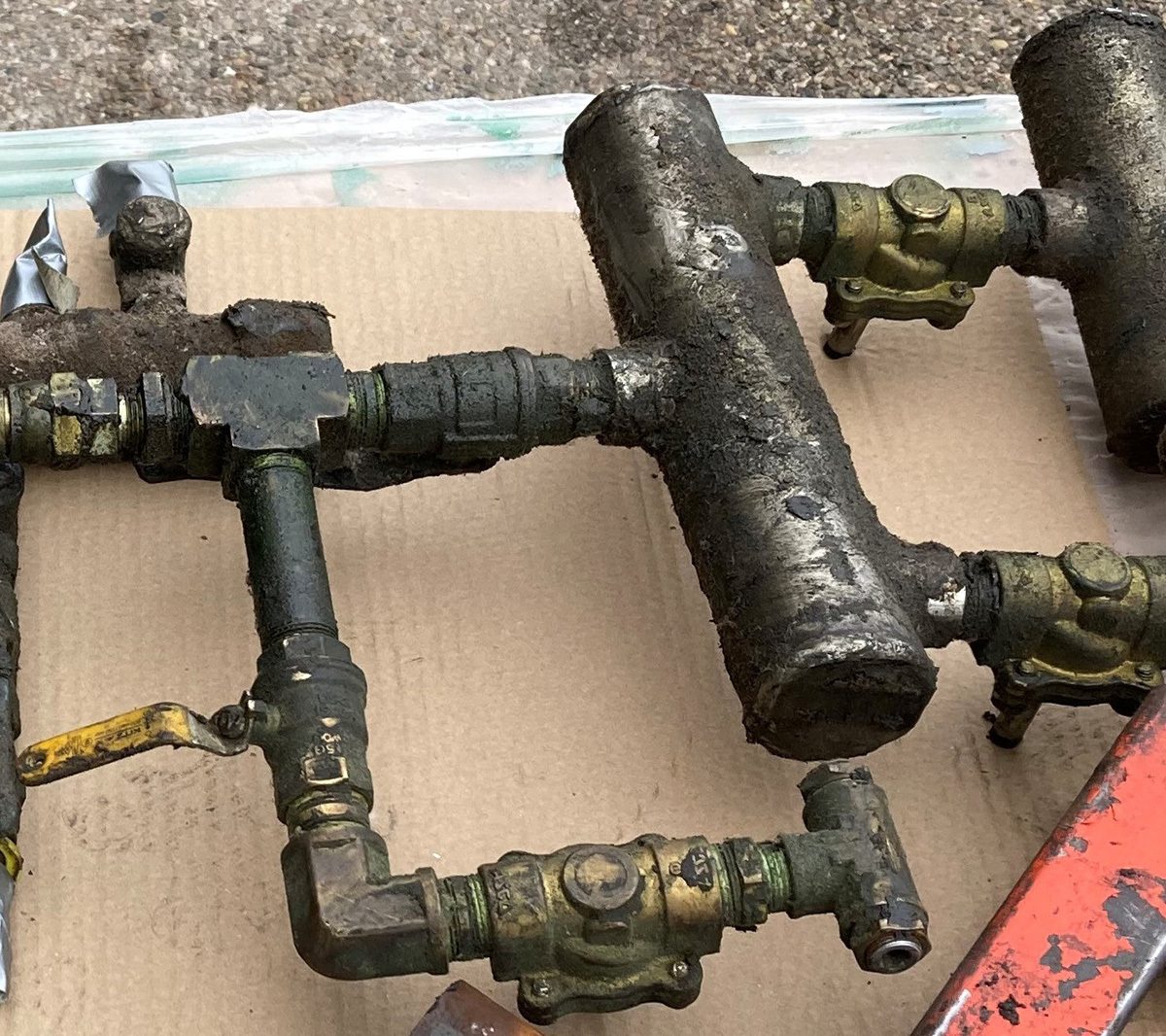
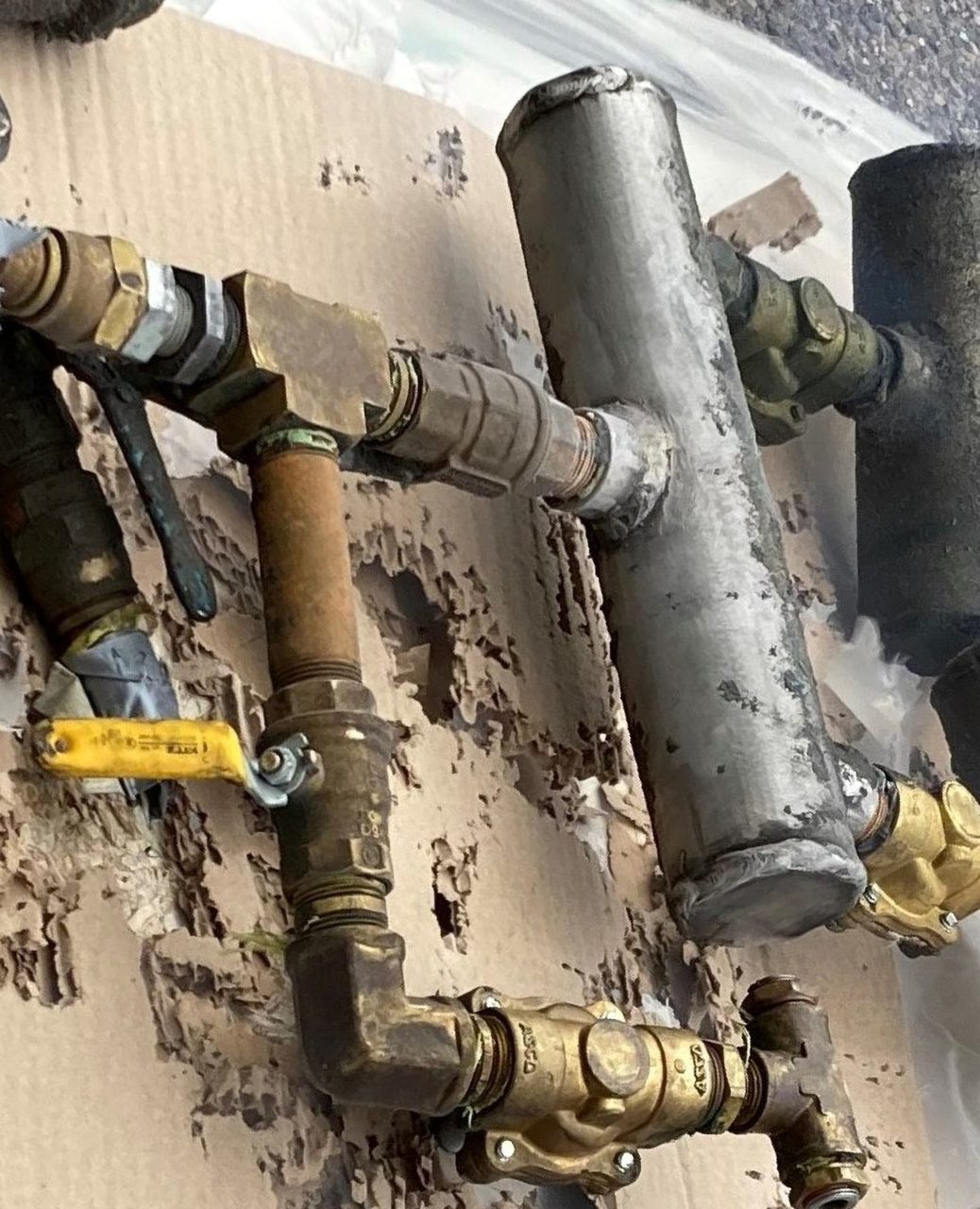
One interesting note about dry ice is its extremely cold temperature when solid – 109 degrees Fahrenheit below zero. This is both a positive and a negative when using this blast medium. It is positive because it seemingly disappears upon blasting. It is negative because it means dry ice requires specialized blasting equipment. To avoid an explosion, no standard blasting pots or pressure vessels, or sealed containers, allowed! Further, since dry ice sublimates into large quantities of carbon dioxide gas, it should only be used in well-ventilated spaces to avoid the dangers of oxygen deprivation.
Walnut Shell
Walnut shell, and its agricultural cousin corn cob meal, are two of the more popular and affordable media classified as “blocky.” These two blast media are very similar in nature. Corn cob meal, the hard inner portion of the corn cob, and walnut shell are both byproducts of their respective primary produce. As such, they are inexpensive and generally available, with some variation due to seasonal and harvest outcomes. Their lack of friability might lead you to expect that they are very aggressive against substrates. This is not entirely true, however.

Due to their very low density and mineral “softness,” they remain nearly non-damaging. In fact, this lack of friability is one of the distinct advantages to these media – low dust levels from blasting. Their low cost, ability to effectively strip coatings and safe nature make them prime candidates for many large blasting jobs such as log cabins and warehouse fires that require quantities of one-pass blasting media. Please note that walnut shells are tree nuts. Operators should be screened for tree nut allergies before any exposure to walnut shells. When necessary, use corn cob meal as your primary choice and avoid the risk of an allergic reaction, which in some cases may be severe.
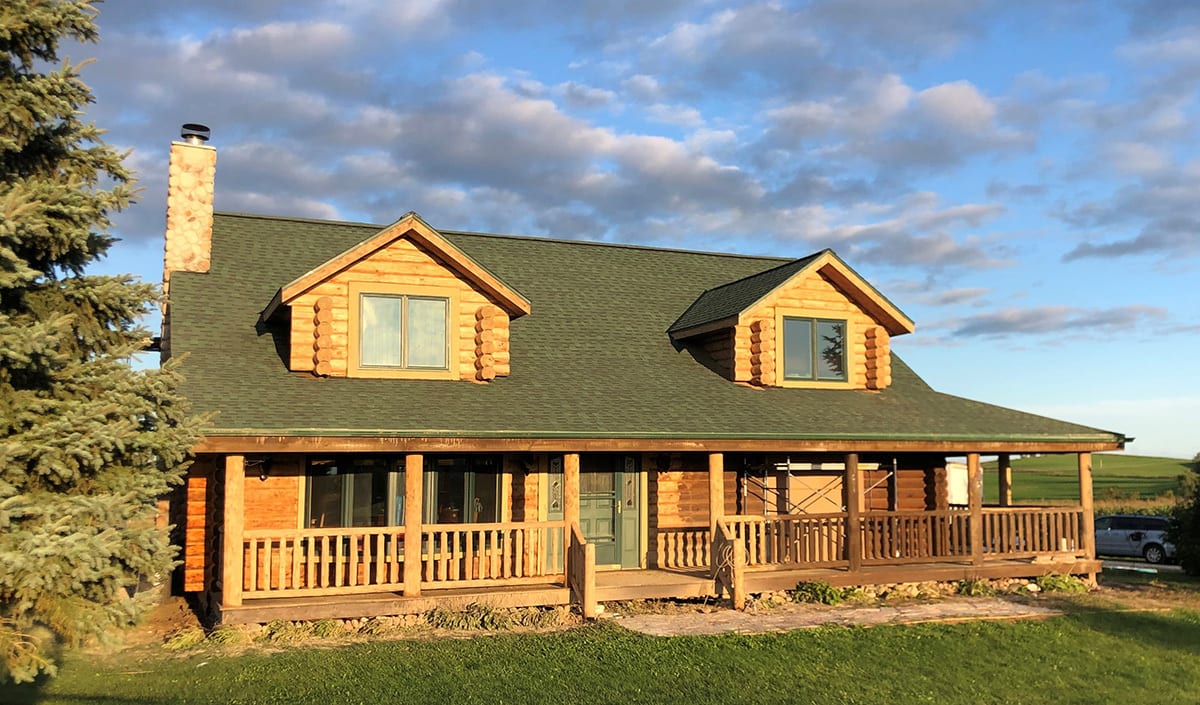
Glass
Moving on to harder, more aggressive media, we come to glass media. Crushed glass and glass beads are both moderately dense and moderately hard. These media are truly best characterized by their shape. First, let’s confront the fact that glass is primarily made from silica sand. This is where an understanding of organic chemistry (science) and physical properties of matter (engineering) would be helpful. We will just agree that while glass is made from silica, it is not silica anymore.

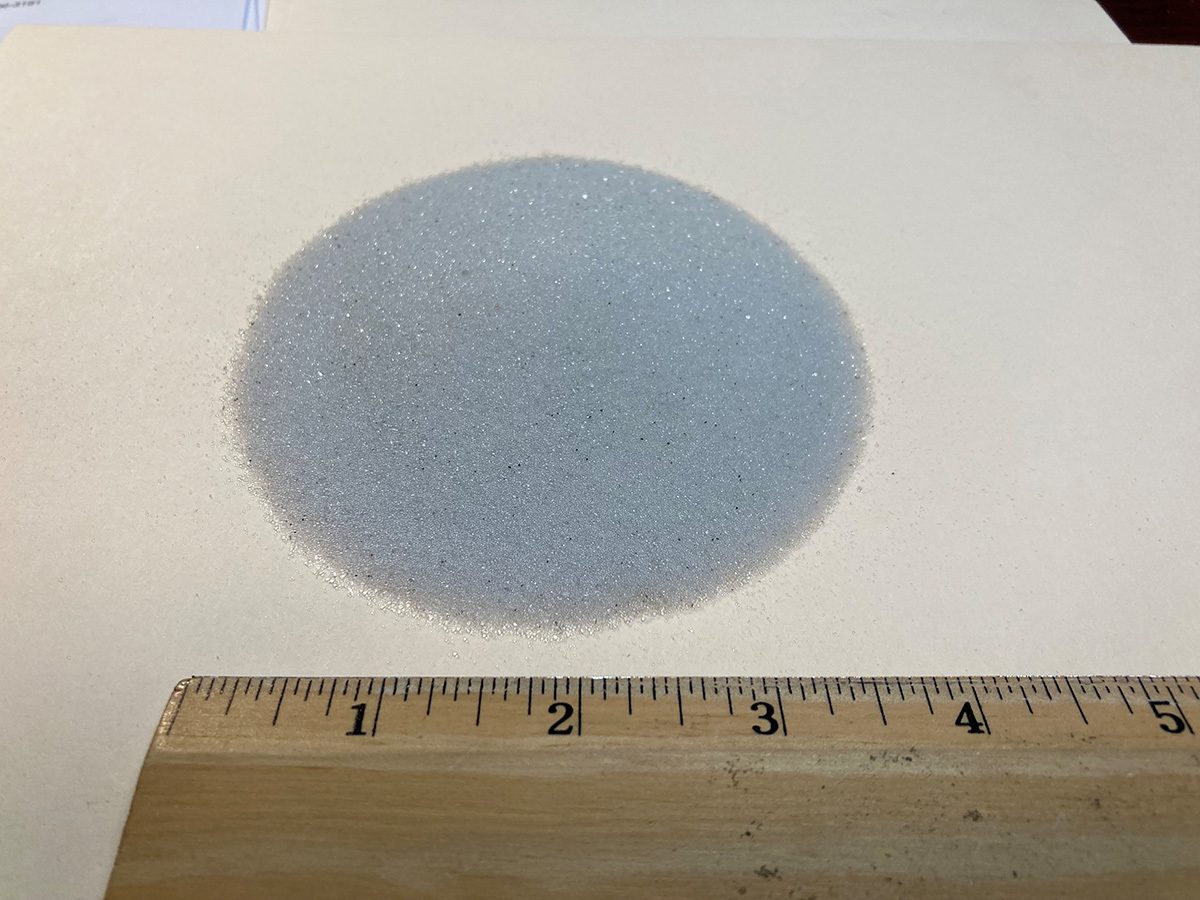
The basic mineral quartz has undergone a phase change and is no longer the crystalline structure that causes respiratory diseases like silicosis. Adequate safety measures (e.g. respirators, ventilation, gloves, etc.) should still be taken, but the basic premise is that you are protecting yourself from particulate that is a nuisance, not a killer. Crushed glass is sourced from recycled bottle glass and is readily available, thus a very inexpensive option as a blast abrasive. Crushed glass is angular in shape, thus aggressive against coatings and profiles (roughens) hard surfaces – beneficial when painting or powder coating is necessary.
Due to its low cost and ready availability, crushed glass is very popular when used in processes that only allow for one pass of the media through the system like wet abrasive blasting. Glass beads, on the other hand, are created by melting glass cullet, spraying the molten glass and collecting the resulting droplets, or beads. This is a relatively expensive process, and glass beads are usually three to four times more expensive than crushed glass. Invaluable for applying a smooth, matte finish to stainless steel and aluminum, glass bead is a natural choice due primarily to its round shape.
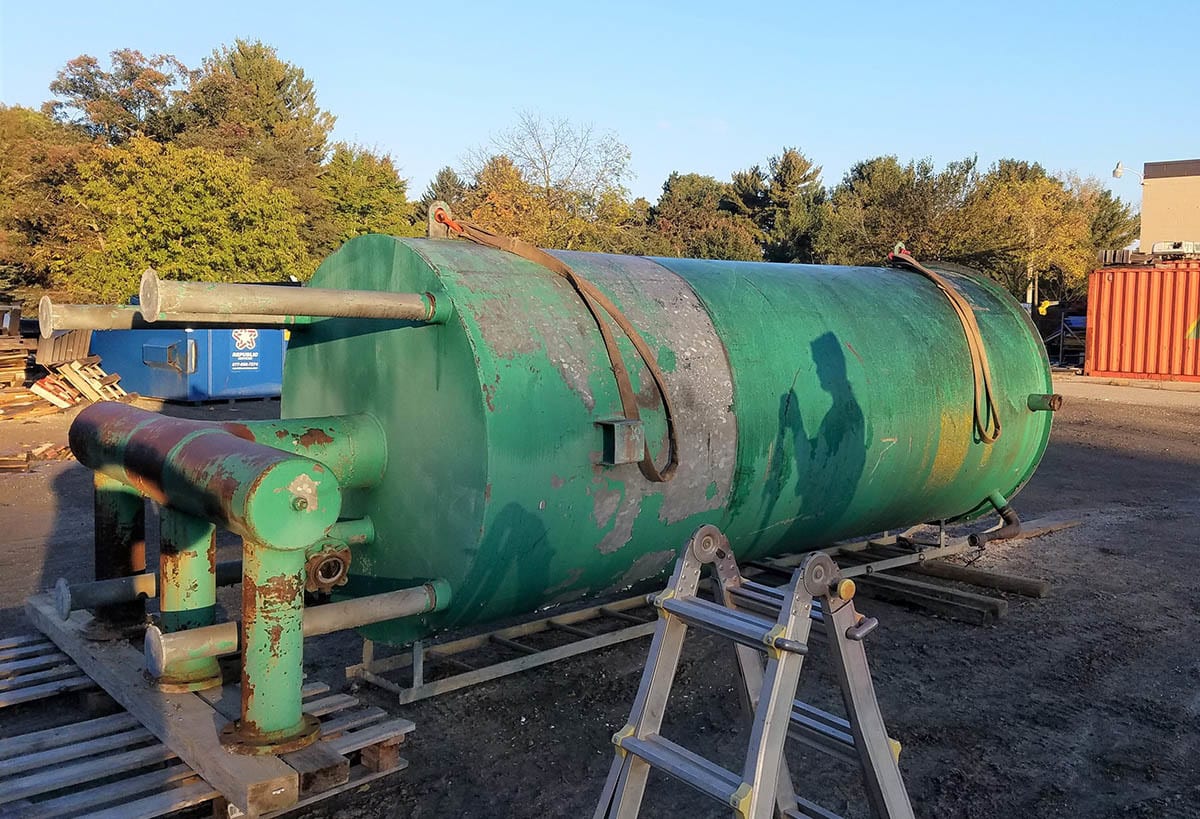

Aggressive Media
On the most aggressive end of the abrasive spectrum are blast media, characterized by a sharp shape (knife-like), high hardness (some comparable to diamond), high density (heavy) and low friability (resistance to fracturing). Materials like calcined aluminum oxide, the mined mineral garnet and created materials like synthetic olivine are prime examples of the high levels of aggressiveness that blasting can provide. Removing paint and rust from metal, providing anchor patterns (roughness) for coatings, and exposing aggregate on prefabricated concrete panels are excellent applications for these most aggressive blast media.


Depending on the material, some, like garnet and mag oxide, are inexpensive enough to be appropriate for one-pass applications where collecting and reusing them is problematic (wet blasting for instance).

Others, like aluminum oxide, are too expensive for one-pass applications and call for recycling and reuse to be cost-effective (blast room applications for instance) by providing many passes due to low levels of friability. These aggressive media are also known for their density. Heavier media carry energy farther than lighter media. The result of heavier density means larger blast patterns and more effective coating removal.
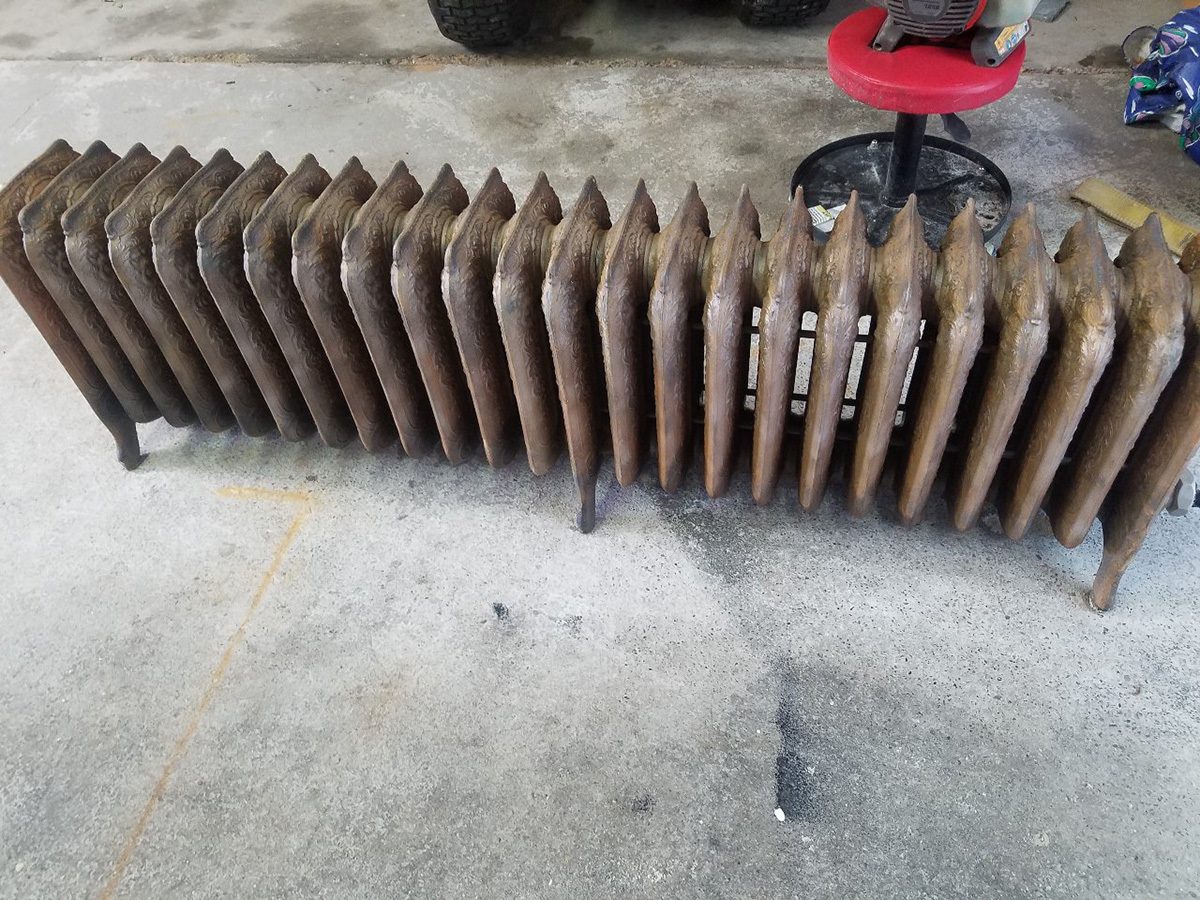

I hope you have enjoyed this brief examination of blast media based on their physical characteristics and their associated applications. This topic comes up every day in my world. Hopefully, this will be helpful to you and your blasting operations. If you still have questions or wish to discuss a unique situation not covered here, please reach out to brighten my day. I am always in the mood to discuss something abrasive.
Wayne Lawrence has served the abrasive blasting industry since 1995. He is currently in charge at ESCA Blast Great Lakes and is involved with the manufacture, distribution, sales and service of media blasting equipment, dry ice and baking soda equipment, vapor blasting, and traditional media blasting equipment and supplies. For more information regarding media blasting, contact Lawrence at (317) 442-3507.

